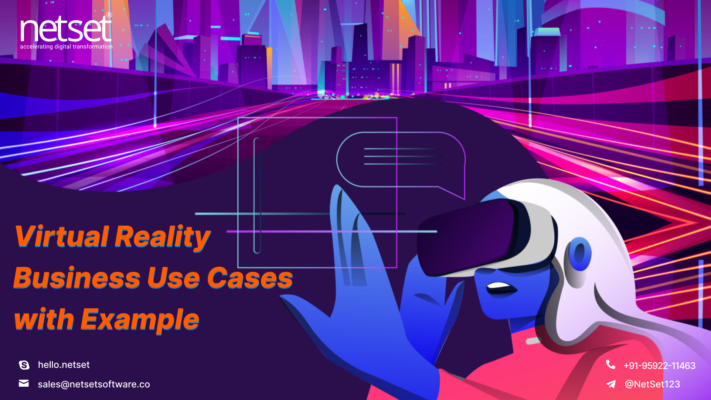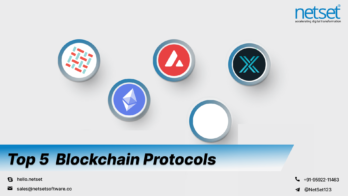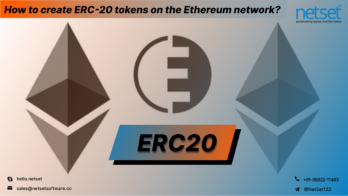“VR is in Vogue!”
Customers today are increasingly engaging with Augmented Reality and Virtual Reality elements in their e-devices. It is because these technologies provide real-world solutions to real-world business challenges.
Multiple niche enterprises stand to benefit from VR solutions in distinct ways with its ability to immerse its users in a three-dimensional virtual, yet safe and entertaining, world.
Virtual reality is a computer-generated audiovisual environment that gives the user the feeling of immersion. This computer-created “virtual world” can be a more or less accurate approximation to tangible reality. But it can also be a totally altered and fictitious reality. In the video game sector, real fantasy worlds are created in virtual reality in which the player can move and interact with their environment
“Creativity is the only limit for Virtual Reality Applications!”
The interactive worlds and scenarios of virtual reality can fit in your living room or anywhere else and can have very different applications. Of course, in VR, space does matter. Depending on the application, minimum space is needed and a more or less complex and expensive virtual reality installation.
Do you know?
In the year 2020, the virtual reality market size worldwide was valued at 15.81 billion (USD) and is expected to ladder at a CAGR of 18.0% from 2021 to 2028.

Use of Virtual Reality in Everyday Life
Currently, virtual reality is applicable to various activities of daily life such as the reconstruction of cultural heritage, medicine, crowd simulation, etc. and the list goes on. Here we have mentioned a few major ones:
VR in Gaming
It is undoubtedly the market that has evolved the most, thanks to virtual reality. This industry moves millions and its audience is willing to spend large amounts of money to get all the peripherals required to enjoy total immersion.
Certainly, the gaming sector has pushed the technology at hand the most and still continues to do so. The use of virtual reality on different video game platforms is on the front pages of the media and on the shelves of the homes of inveterate gamers.
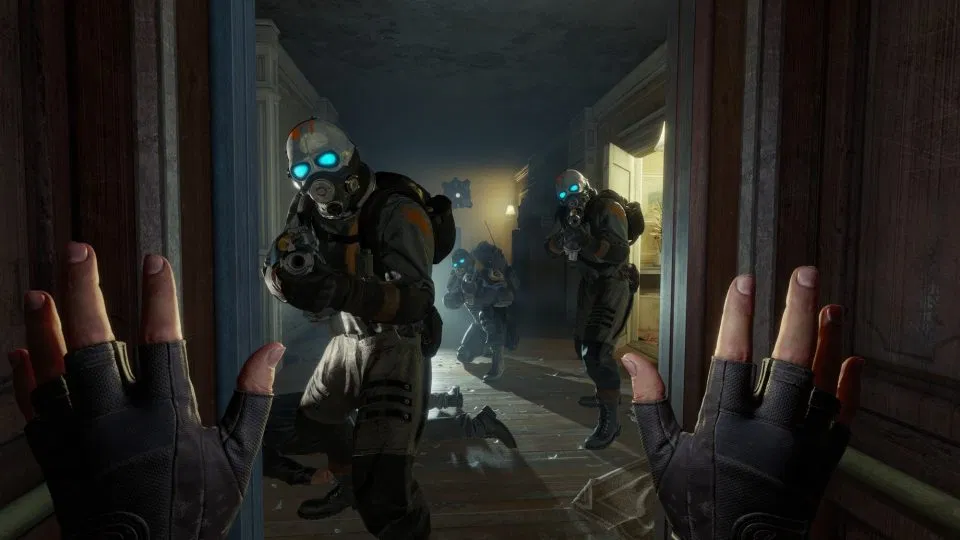
The conventional gaming environment was based on playing with console games, where interaction was limited exclusively to the user’s circle of friends or family. It was this that marked the beginning of what we know VR in Real Estatetoday as interactive games by adding social and competitive elements here despite being limited to the player’s environment.
After the virtual reality games that made titles such as EyeToy from Playstation2 fashionable, which already included the use of a camera to interact with the platform, entertainment and leisure companies next opted for virtual reality as the innovation of the future.
The new immersive technology-promoted tools (headsets, glasses, etc.) is a step beyond the augmented reality that we saw years ago and a game opportunity highly anticipated by users. The gaming industry facilitating virtual reality in their applications is not only trying to leverage their existing platforms but is also offering completely new user experiences.
VR in Real Estate
Although the virtual reality (VR or VR) boom has come hand in hand with games and movies, the effects of this disruptive technology have not gone unnoticed in other industries such as real estate. One area where virtual reality especially shines is in real estate, as it helps to sell a home in a totally new way and offers a unique marketing opportunity, especially in newly built homes.
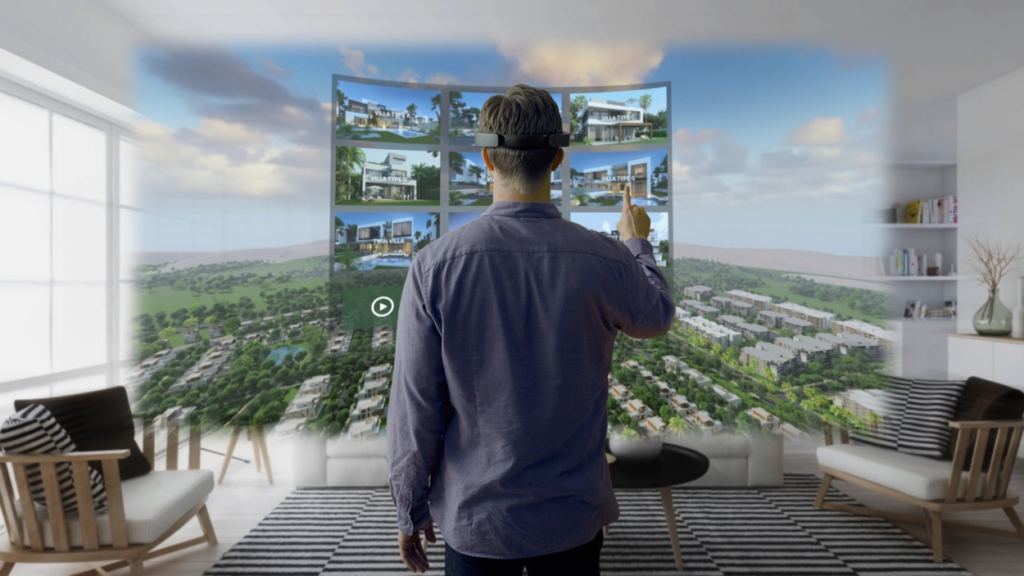
One can show real estate assets via this technology. As much of the time spent in real estate is spent showing properties to potential buyers, the problem that arises is the need for buyers to be physically in those properties and the impossibility of visiting several properties that may be far from each other.
But VR can change this because with this new technology the buyer’s presence is no longer required to view homes/properties as VR enables virtual tours where a buyer can see a series of properties in virtual reality at the comfort of their home.
Virtual Reality has a huge development potential where the VR App Development enhances the possibilities of showing something that is still unreal and of doing it with all the variants (simulations) that you want.
VR apps allow a buyer to make as many changes as they want in just a few minutes and see how everything would look, which improves customer experience and drives sales.
VR for Live Broadcast
The classic FC Barcelona-Real Madrid was the first match broadcast live using VR technology. Movistar and Samsung teamed up to broadcast the game in some Movistar physical stores in Barcelona and Madrid.
What was a punctual act, will surely be part of our day to day in a short time. The doubt may be the final price that we will have to enjoy the game with our VR glasses and from the sofa at home.

LiveLike VR brought sports to home by building a virtual stadium to enable friends and family to watch sports in a virtual world.
“Sports is not about being ‘on the field’ for the whole game, it’s about being able to hang with your friends, doing stuff while there’s a two-minute timeout, seeing replays, stats, and more.”
-Andre Lorenceau, CEO and founder of LiveLike VR
It offers users an audience engagement platform that allows broadcasters to transform streaming into fan-driven interactive and intuitive experiences.[Prefer Reading: Augmented Reality vs Virtual Reality: The Striking Contrast!]
VR in Healthcare
There is still a long way to go, but it is undeniable that virtual reality is a technology with enormous applications in the health field, both from the point of view of the patient and for the training of medical personnel.
Let’s check out some areas of application of virtual reality in the healthcare field:
-Rehabilitation of patients
In the case of patients who have suffered a stroke, Virtual Reality supposes cognitive and motor training that allows them to expose themselves to real situations that they will have to face in their day-to-day life when leaving the hospital. The results of the analysis carried out suggest that rehabilitation supported under virtual reality is an effective technique to cure patients in a virtual world so that they can easily adapt to real-life scenarios.
-Disease diagnosis
This augmented reality allows the patient to be immersed in a virtual environment where certain types of functional tests can be carried out that can be used to diagnose diseases.
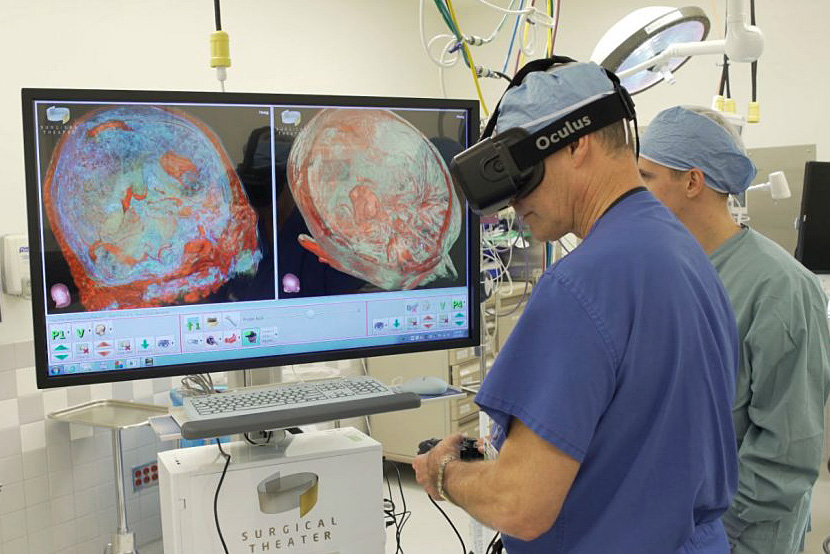
Through virtual simulators, complex operations or surgeries can be performed without risk to the patient. Thanks to virtual reality, scientists can enter the organs and different parts of the human body to see the interior of our organism in a unique way and improve their knowledge of its behavior.
The impact of Augmented Reality in the healthcare sphere is expected to be decisive, and it is being used increasingly in research and training centers. In addition to medical advances and technological development, virtual reality helps save lives and improve the quality of life for many patients.
[Prefer Reading: Virtual Reality Application Development – Marketing Tips for Businesses]
VR in Training and Education
It works through simulations that manage to create 360-degree immersions where the user can interact with everything that happens around him.
VR simulators play a great role in training the personnel and it was NASA who first used VR simulators for astronaut training a decade ago (1990). Today, agencies have harnessed its potential and have put it to use in spacewalks, rescue operations, ron=botic operations, etc.
Flaim Systems is one of the providers of such technology that uses real-life equipment, jackets with built-in heating elements to simulate fire, and a hose that gives realistic feedback. This is both far and very close to gaming sims people can enjoy on their PCs.

Applied to teaching, virtual reality provides a unique opportunity for students to fully connect with the topics they are learning. The idea is to learn by playing, and nothing better than Virtual Reality for this.
The VR language app by Mondly addresses the field of language through a virtual reality experience. In this application, students can learn languages through dialogue simulations and can discover the most advanced way to learn a new language, thus, making learning fun and entertaining.

Get access to witness realistic dialogues inspired by authentic events like make friends on the train to Berlin, order dinner in a Spanish restaurant, check into a hotel in Paris.
VR in Tourism
The most cutting-edge travel agencies have joined the virtual reality craze and offer quick virtual tours to their clients. Because, of course, it is not the same to see a couple of photos in a travel brochure than to put on some glasses and immerse yourself in your favorite destination. The virtual tour will allow the client to decide more easily on the destination that most catches their attention.
In addition, there are already many applications such as Google’s Street View VR. With applications of this type, you can move as you please through the streets of any city in the world.
[Prefer Reading: How Augmented and Virtual Reality Will Reshape the Retail Industry?]
When you join the immersive world of VR, you never forget!
As you may have seen, virtual reality grows without limits, and it is that beyond the video game or health industry, it is being applied to various areas for the benefit of our society.
The limits of user experience are ever-increasing where businesses have now made a huge transition towards Virtual Reality App Development targeting mobile and other e-devices. With the increased ease of usability and cross-platform capabilities, virtual reality can be leveraged to the next level to create intuitive user experiences via apps.
So are you ready for concreting your VR idea into an intuitive application?
Partner with NetSet Software and overcome the impossible to immersive virtual experiences to your audience.
